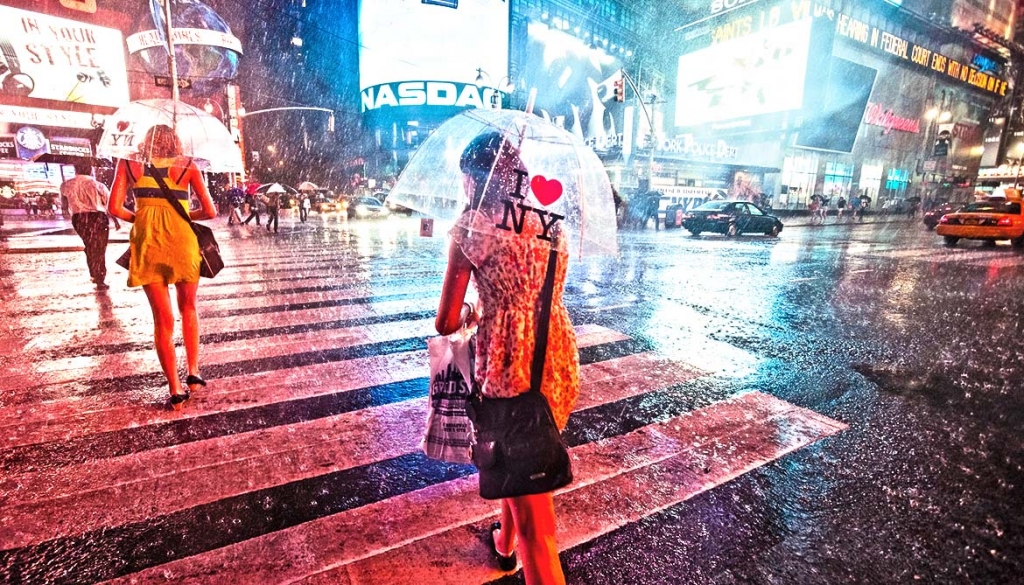-
Tips for becoming a good boxer - November 6, 2020
-
7 expert tips for making your hens night a memorable one - November 6, 2020
-
5 reasons to host your Christmas party on a cruise boat - November 6, 2020
-
What to do when you’re charged with a crime - November 6, 2020
-
Should you get one or multiple dogs? Here’s all you need to know - November 3, 2020
-
A Guide: How to Build Your Very Own Magic Mirror - February 14, 2019
-
Our Top Inspirational Baseball Stars - November 24, 2018
-
Five Tech Tools That Will Help You Turn Your Blog into a Business - November 24, 2018
-
How to Indulge on Vacation without Expanding Your Waist - November 9, 2018
-
5 Strategies for Businesses to Appeal to Today’s Increasingly Mobile-Crazed Customers - November 9, 2018
Climate change is increasing the risk of severe flooding in New York
By using reports that date as far back as the 1850s and simulations of the impacts climate change has done to our environment, scientists have estimated that New York City could potentially see a major flood every 25 years.
Advertisement
According to professor of meteorology from Penn State, Michael Mann, the issue is making itself worse, as the sea levels are rising because of climate change, but it also appears to cause more intense tropical storms.
Floods hitting the city are now more than a metre higher than before humans had an influence on the climate, the research shows, increasing the risk of coastal defences being overwhelmed.
The height that a storm surge can reach is dependent on the underlying sea level, the tide, and scale of the tropical cyclone.
The likelihood of a storm at the magnitude of Hurricane Sandy used to be once every 3,000 years.
Hurricane Sandy is the second biggest costliest hurricane in the history of the US, causing at least 233 deaths across the United States, the Caribbean, and Canada, and millions of dolars in damages.
Whether or not a coastal city floods during a hurricane depends on the storm, tide, and sea level. While most homeowners listen to hear the category of the hurricane, in the case of Sandy, it was the overall size of the storm that caused the surge.
“We wanted to look at the impact of climate change on sea level and storm characteristics to see how that has affected the storm surge on the Atlantic coast, specifically in New York City“, said Andra Reed, graduate student in meteorology, Penn State. With time, flood heights will continue to rise, according to one of the researchers, Andrea Reed.
The largest recorded surge in New York City’s Battery Park area was in 1938, before 2012, when an nearly 10 foot surge flooded Long Island, N.Y., but only a half inch of water breached the sea wall at the Battery. The experts are warning the residents of New York City that they should expect such storms and flooding more often in the future.
The National Science Foundation and the National Oceanographic and Atmospheric Administration supported the work.
“Imagine what six feet of sea level rise – which we can’t rule out by the end of the century if we continue with business-as-usual fossil fuel burning – would do”. As a effect, the study found that the average storm surge during the anthropogenic era was 1.24 meters higher than during the prior, and much longer, period. But the models also showed a rise in the most extreme kinds of storm – those with stronger maximum wind speeds and large ones like Sandy that move slowly.
The findings should serve as a wake up call for flood policies in the USA and elsewhere, said Melanie Gall, a University of South Carolina professor who studies disaster risk and emergency management.
“People may be thinking Sandy was a once-in-a-generation event”, he says. These storms are even larger in the anthropogenic era, the study finds.
She admits that nor’easters are very different storms than hurricanes, so a definite connection can not be made.
Both types of storms are capable of producing significant storm surges, Reed warns.
Advertisement
“They are manifested as new extremes that cross thresholds and cause things to break when a storm surge occurs on top of high tide, that, in turn, occurs on top of rising sea level from climate change”. Climate change, they contend, is not something that we should be waiting for – we should already be dealing with it now.





























